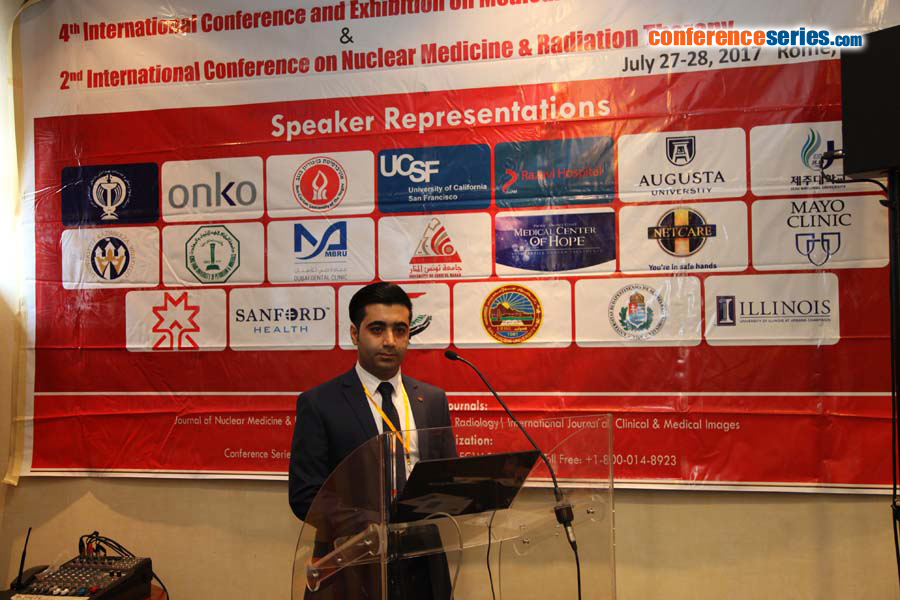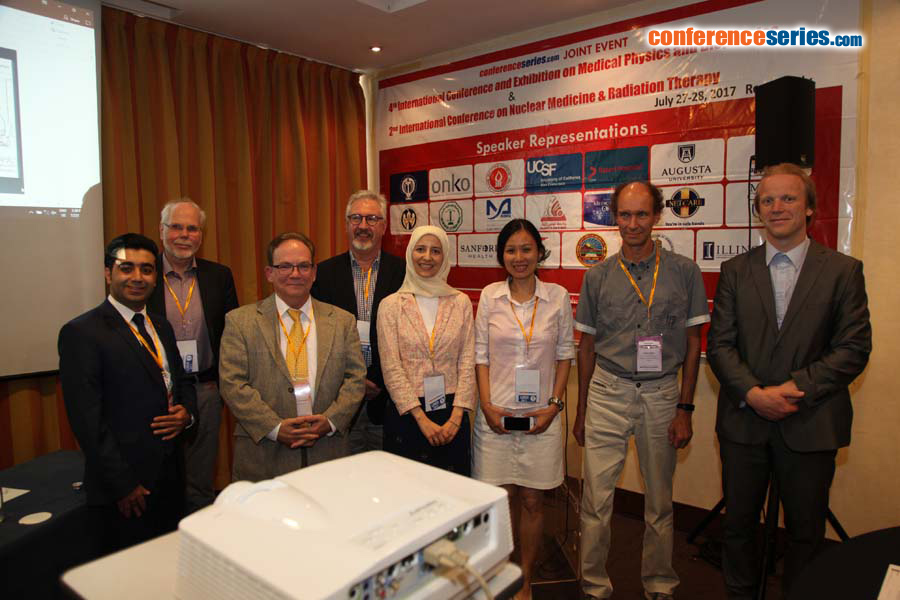
Farzad Dehghani Sani
Razavi Hospital, Iran
Title: Clinical comparison of F18-FET vs. F18-FDG in patients with low and high grade glioblastoma
Biography
Biography: Farzad Dehghani Sani
Abstract
FDG is an available PET tracer for brain imaging. Malignant brain tumors show increased glucose metabolism reflected on FDG-PET imaging. FDG-PET imaging of brain tumors provides information on tumor grade and prognosis. Moreover, FDG-PET imaging has limitations for brain tumor detection because of the high background glucose metabolism of normal gray matter structures. MRI combined FDG-PET images is essential for accurate evaluation of brain tumors. FDG-PET is also useful for evaluating residual or recurrent tumor. One limitation of FDG-PET is the occasional inability to distinguish radiation
necrosis from recurrent high-grade tumor. A second limitation is that FDG-PET is less sensitive than contrast-enhanced MRI for detecting intracranial metastases. Meanwhile, other radiotracers such as 11C-MET and FET can accumulate in brain tumors and have the advantage of low background cortical activity. The aim of the current study was to compare the diagnostic
value of PET using 18F-FDG and 18F-FET in patients with brain lesions of gliomas. Numerous studies have demonstrated that gliomas has increased 18F-FET uptake in 86% and increased 18F-FDG uptake in 35% of the lesions. 18F-FET PET provided useful delineation of tumor while this was impractical with 18F-FDG due to high tracer uptake in the gray matter. 18F-FET PET is superior to 18F-FDG for biopsy lesions and also grading of gliomas. Therefore, amino acids like 18F-FET are the preferred PET tracers for the clinical management of gliomas.





